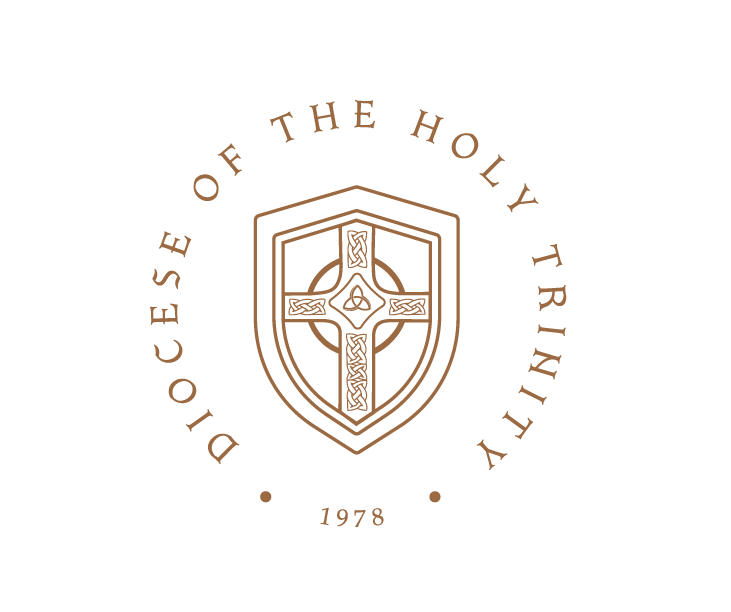The Three-fold Rule
The Book of Common Prayer (BCP) is often viewed as a repository of orthodox faith and prayer and a treasure of English literature; it is less frequently viewed for what is really is: The Rule of prayer for Anglican Christians. This Rule is three-fold. It begins with Holy Communion, to be celebrated on Sunday (the Lord’s Day) and on various other Holy Days. It continues daily with “The Order for Daily Morning (and Evening) Prayer” (BCP 3, 21), with its schedule for praying of the Psalms in a thirty day cycle (345-525) and its lectionary for daily Bible reading (x-xlv). It specifies days of fasting (li). Eucharist and Daily Office assume a practice of personal, conversational prayer.
This is the church’s three fold Rule that her members are to join in: Eucharist, Daily Office and personal prayer. This is the timeless Rule of the church. The Eucharist is the successor to Israel’s temple worship. The temple sacrifices were fulfilled by our Lord on the cross, and the perpetual memorial of that sacrifice had been continually presented before God by the church on the Altar in the Eucharist.
The Daily Offices are rooted in the ancient life of prayer that developed among God’s people, especially when Israel was in exile. The Jewish people developed the habit of offering prayers three times a day (morning, noon and evening). These corresponded to the times when sacrifice was offered in the temple. Daniel was thrown into the lion’s den for his refusal to stop his practice of this Rule (Daniel 6:10). In Acts 10, God speaks to both St. Peter and the centurion Cornelius as both were observing these hours of prayer.
The early church continued this habit of observing the hours. The early writing called The Didache exhorted Christians to prayer the Lord’s Prayer three times a day. This developed into the early, three-fold daily office, centered on the Psalms and the reading of Scripture. In the monastic tradition in the west, the three-fold daily office was expanded to seven hours of prayer (based on Psalm 119:164). The Book of Common Prayer reduced this to two hours in order to bring it back with the reach of all Christians and make the daily office the regular daily prayer of the whole church.
Personal prayer developed in a rich variety of ways: silence and contemplation; meditation, especially on particular passages of Scripture and, of course, the regular practice of simply talking with God (and hopefully also listening). A balanced Rule of prayer in the Anglican tradition involves a commitment to pray habitually in all of these ways: in short, to assist in the Eucharist on Sunday, to pray the Daily Offices in some regular way and to cultivate a personal conversation with God.It is sometimes alleged that liturgy (Eucharist and Daily Office) stands in opposition to personal prayer. In fact, they depend upon each other for their full effectiveness.
Sometimes we don’t feel like praying. The liturgy is objective. We can pray through it whether we feel like it or not. Some form of liturgy is necessary to get us through the dry times. The fixed prayers and readings of the liturgy help our personal prayer, providing a foundation and direction for our conversation with God—and rooting that conversation in the common life of the church.

